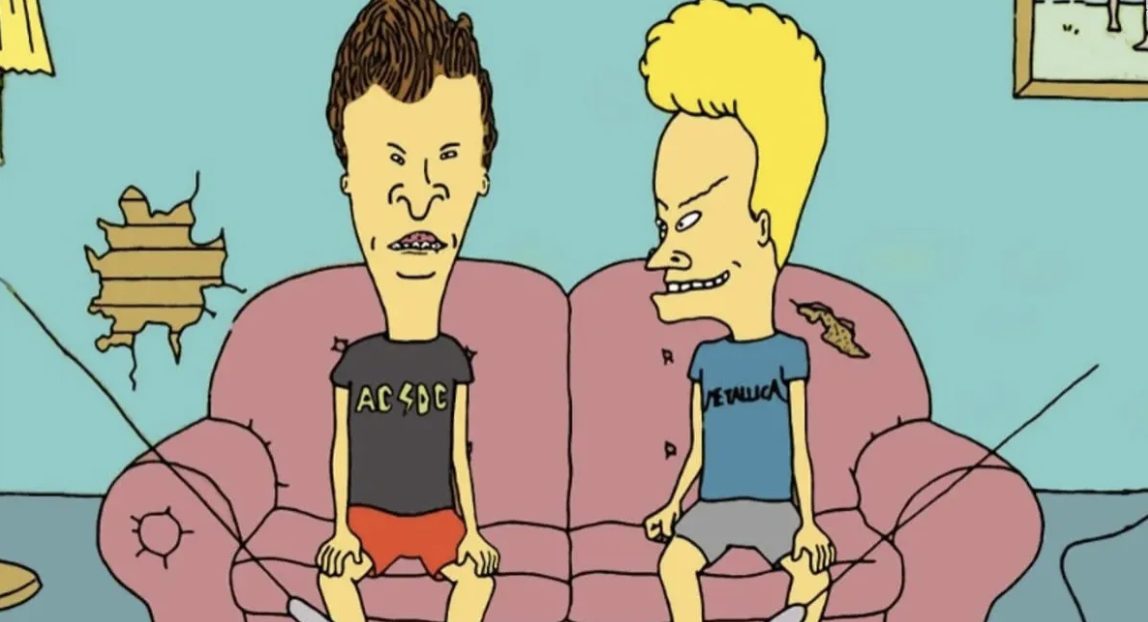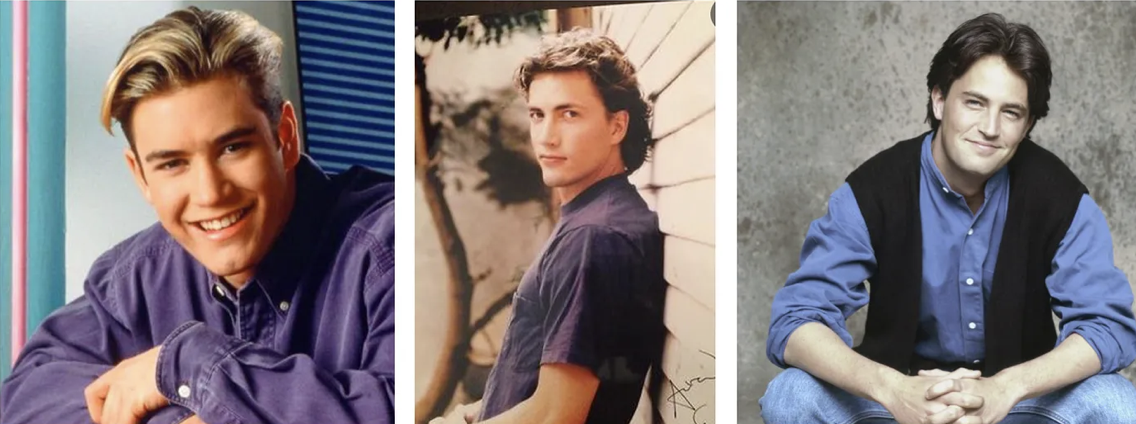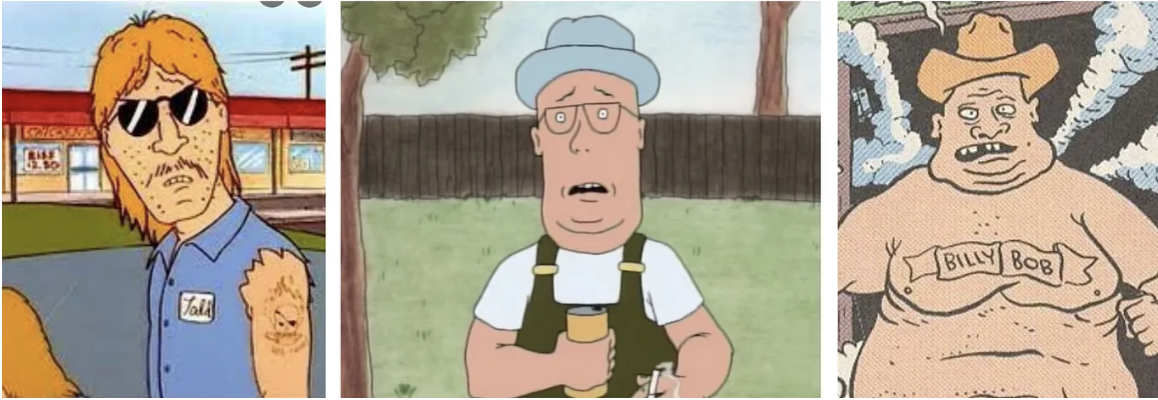Now Playing
Current DJ: Jenny West: Music For Chameleons
Weaklung Banned Books from All Problems No Solutions (self-released) Add to Collection
Requests? 773-DJ-SONGS or .(JavaScript must be enabled to view this email address)
 Cultural prognosticators, or just American idiots?
Cultural prognosticators, or just American idiots?It seems novel now, but back in the 1990s, MTV used to play music videos throughout its daily programing. (Believe it or not, MTV stands for Music Television.) Anyone old enough to remember the '90s knows that media changed greatly in the last decade of the 20th century.
For one, the '90s marked the dawn of reality TV. Long before CBS's big hit Survivor spawned a long line of contest shows with annoying contestants, MTV served up its own version of reality TV called The Real World, which ran from 1992 to 2017. But alongside MTV's attempts to depict what that "real world" looked like—at least while cameras were rolling—MTV dished out another helping of this real world, when it first screened the animated comedy Beavis and Butt-Head, on March 8, 1993.
The animated series, which took off in the summer of 1993, depicted high school freshmen Beavis and Butt-Head as listless slackers. The duo's daily adventures consisted of mayhem and ample TV watching. As characters, they were an exaggeration of Generation X as a cohort of barely literate kids, persisting on a diet of junk food, bathroom humor, and music videos.
While Beavis and Butt-Head the show didn’t necessarily describe Gen-X America accurately, it did nail down many portraits of Americans that we all know in reality—at least now.
The strange part of it all was that this crude cartoon, handcrafted by creator Mike Judge, probably was not intended to be much more than a show full of inside jokes gotten only by us: Young, bored alternative music-loving teens and young adults who lived in and hated the suburbs.
As a member of this cohort, barely 21 in 1993, and I cheered on alternative music's overdue conquest of commercial radio. My generation was elated that artists like Alice In Chains would replace the likes of Poison and Whitesnake on the album charts. It seemed a tour de force that Alanis Morrissette and Tori Amos would oust Debbie Gibson and Taylor Dayne as well-known singer-songwriters. So, one of the best parts of Beavis and Butt-Head was its takedown of hair metal bands and teeny-pop drivel. Each episode, the boys watched and reviewed music videos the way Mystery Science Theater 3000 lampooned dated horror and sci fi B-movies.
But in the TV landscape B&B was more than a comedy. It was the anti-Friends and the anti-Melrose Place. Its place on TV became a place where those of us who despised glossy, superficial stock heroes Zack Morris (Saved By The Bell), Billy Campbell (Melrose Place), and Chandler Bing (Friends) could escape the popular crowd and enjoy some decent music for a time.

Aside from B&B's commentary on music, more importantly, the show introduced us to fellow Americans that network TV previously considered unimportant. People we see and perhaps even interact everyday within 2023’s burgeoning post-Trump America real world.
Their nowhere hometown called Highland had local street gang thugs like Todd, a foul-mouthed bully who preyed upon Beavis and Butt-Head for the joy of beating them up. There was Mr. Anderson, a retired veteran neighbor who, when not guzzling beer at the American Legion post, hired the boys for odd jobs, only to see the boys destroy his home and property.

Highland also had its cast of hippies, trailer park residents, pissed-off convenience store owners, annoying do-gooders, overbearing evangelical preachers, and adult losers down on their luck. Other than the show Cops, the underbelly of America was seen on only Beavis and Butt-Head. It would not be until the 2010's that America’s underclass would be seen regularly on shows like Breaking Bad, The Wire, Schitt’s Creek, and Ozark.
Looking back now, Beavis and Butt-Head as a television program seems like an essential part of the 90s—a decade that is often defined by its music. Whether they were cultured or not, the boys weighed in on what was and what wasn't worth listening to, musically. The boys cheered on music by Beastie Boys, Lenny Kravitz, RuPaul, 7 Year Bitch, Silverchair, Snoop, Dr. Dre and L7. And if you were at all unsure, the boys let us know it was OK to hate Milli Vanilli, New Kids On The Block, and Winger.
But not only did the show make fun of the music we listened to. Iit made fun of our reality, especially the parts we ignore. It depicted post-20th century America—and us—long before we knew who we were.
--
Andy Frye has written for Rolling Stone, ESPN, and Forbes and is the author of NINETY DAYS IN THE 90s: A Rock N Roll Time Travel Story.
Next entry: The Fourth Wall: “Barbarian”
Previous entry: CHIRP Radio Weekly Voyages (Sep 25 - Oct 1)